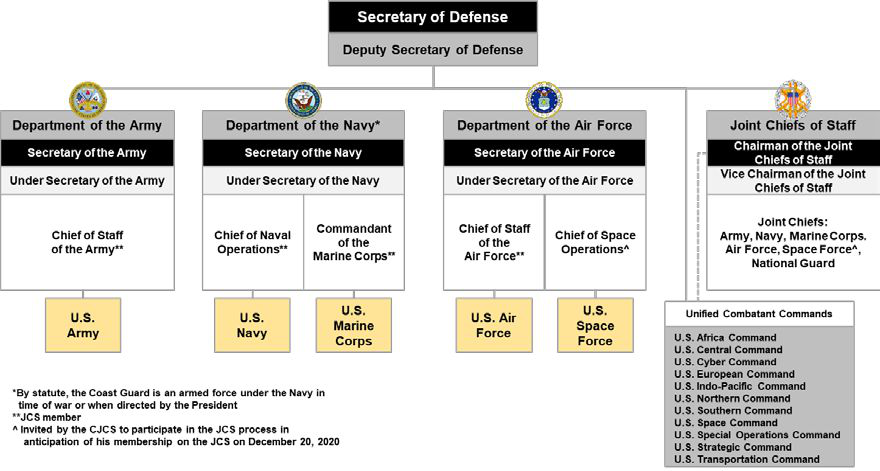|
Scampi
The Standard CMMI Appraisal Method for Process Improvement (SCAMPI) is the official Software Engineering Institute (SEI) method to provide benchmark-quality ratings relative to Capability Maturity Model Integration (CMMI) models. SCAMPI appraisals are used to identify strengths and weaknesses of current processes, reveal development/acquisition risks, and determine capability and maturity level ratings. They are mostly used either as part of a process improvement program or for rating prospective suppliers. The method defines the appraisal process as consisting of preparation; on-site activities; preliminary observations, findings, and ratings; final reporting; and follow-on activities. Class A, B, and C Appraisals The suite of documents associated with a particular version of the CMMI includes a requirements specification called the ''Appraisal Requirements for CMMI'' (ARC), which specifies three levels of formality for appraisals: Class A, B, and C. Formal (Class A) SCAMPIs are c ... [...More Info...] [...Related Items...] OR: [Wikipedia] [Google] [Baidu] |
Software Engineering Institute
Software Engineering Institute (SEI) is a Federally funded research and development centers, federally funded research and development center in Pittsburgh, Pennsylvania, United States. Founded in 1984, the institute is now sponsored by the United States Department of Defense and the Under Secretary of Defense for Research and Engineering, Office of the Under Secretary of Defense for Research and Engineering, and administrated by Carnegie Mellon University. The activities of the institute cover cybersecurity, software assurance, software engineering and acquisition, and component capabilities critical to the United States Department of Defense. Authority The Carnegie Mellon Software Engineering Institute is a federally funded research and development center headquartered on the campus of Carnegie Mellon University in Pittsburgh, Pennsylvania, United States. The SEI also has offices in Washington, DC; Arlington County, Virginia; and Los Angeles, California. The SEI operates wi ... [...More Info...] [...Related Items...] OR: [Wikipedia] [Google] [Baidu] |
Capability Maturity Model Integration
Capability Maturity Model Integration (CMMI) is a process level improvement training and appraisal program. Administered by the CMMI Institute, a subsidiary of ISACA, it was developed at Carnegie Mellon University (CMU). It is required by many U.S. Government contracts, especially in software development. CMU claims CMMI can be used to guide process improvement across a project, division, or an entire organization. CMMI defines the following five maturity levels (1 to 5) for processes: Initial, Managed, Defined, Quantitatively Managed, and Optimizing. CMMI Version 3.0 was published in 2023; Version 2.0 was published in 2018; Version 1.3 was published in 2010, and is the reference model for the rest of the information in this article. CMMI is registered in the U.S. Patent and Trademark Office by CMU. Overview Originally CMMI addresses three areas of interest: #Product and service development – CMMI for Development (CMMI-DEV), #Service establishment, management, – CMMI for ... [...More Info...] [...Related Items...] OR: [Wikipedia] [Google] [Baidu] |
United States Department Of Defense
The United States Department of Defense (DoD, USDOD, or DOD) is an United States federal executive departments, executive department of the federal government of the United States, U.S. federal government charged with coordinating and supervising the six U.S. armed services: the United States Army, Army, United States Navy, Navy, United States Marine Corps, Marines, United States Air Force, Air Force, United States Space Force, Space Force, the United States Coast Guard, Coast Guard for some purposes, and related functions and agencies. As of November 2022, the department has over 1.4 million active-duty uniformed personnel in the six armed services. It also supervises over 778,000 National Guard (United States), National Guard and reservist personnel, and over 747,000 civilians, bringing the total to over 2.91 million employees. Headquartered at the Pentagon in Arlington County, Virginia, just outside Washington, D.C., the Department of Defense's stated mission is "to provid ... [...More Info...] [...Related Items...] OR: [Wikipedia] [Google] [Baidu] |
Anti-pattern
An anti-pattern in software engineering, project management, and business processes is a common response to a recurring problem that is usually ineffective and risks being highly counterproductive. The term, coined in 1995 by computer programmer Andrew Koenig (programmer), Andrew Koenig, was inspired by the book ''Design Patterns'' (which highlights a number of design patterns in software development that its authors considered to be highly reliable and effective) and first published in his article in the ''Journal of Object-Oriented Programming''. A further paper in 1996 presented by Michael Ackroyd at the Object World West Conference also documented anti-patterns. It was, however, the 1998 book ''AntiPatterns'' that both popularized the idea and extended its scope beyond the field of software design to include software architecture and project management. Other authors have extended it further since to encompass environmental, organizational, and cultural anti-patterns. Definiti ... [...More Info...] [...Related Items...] OR: [Wikipedia] [Google] [Baidu] |
Capability Maturity Model
The Capability Maturity Model (CMM) is a development model created in 1986 after a study of data collected from organizations that contracted with the U.S. Department of Defense, who funded the research. The term "maturity" relates to the degree of formality and optimization of processes, from ''ad hoc'' practices, to formally defined steps, to managed result metrics, to active optimization of the processes. The model's aim is to improve existing software development processes, but it can also be applied to other processes. In 2006, the Software Engineering Institute at Carnegie Mellon University developed the Capability Maturity Model Integration, which has largely superseded the CMM and addresses some of its drawbacks. Overview The Capability Maturity Model was originally developed as a tool for objectively assessing the ability of government contractors' ''processes'' to implement a contracted software project. The model is based on the process maturity framework first descr ... [...More Info...] [...Related Items...] OR: [Wikipedia] [Google] [Baidu] |
People Capability Maturity Model
People Capability Maturity Model (short names: People CMM, PCMM, P-CMM) is a maturity framework that focuses on continuously improving the management and development of the human assets of an organization. It describes an evolutionary improvement path from ad hoc, inconsistently performed practices, to a mature, disciplined, and continuously improving development of the knowledge, skills, and motivation of the workforce that enhances strategic business performance. Related to fields such as human resources, knowledge management, and organizational development, the People CMM guides organizations in improving their processes for managing and developing their workforces. The People CMM helps organizations characterize the maturity of their workforce practices establish a programme of continuous workforce development, set priorities for improvement actions, integrate workforce development with process improvement, and establish a culture of excellence. The term was promoted in 1995, ... [...More Info...] [...Related Items...] OR: [Wikipedia] [Google] [Baidu] |

